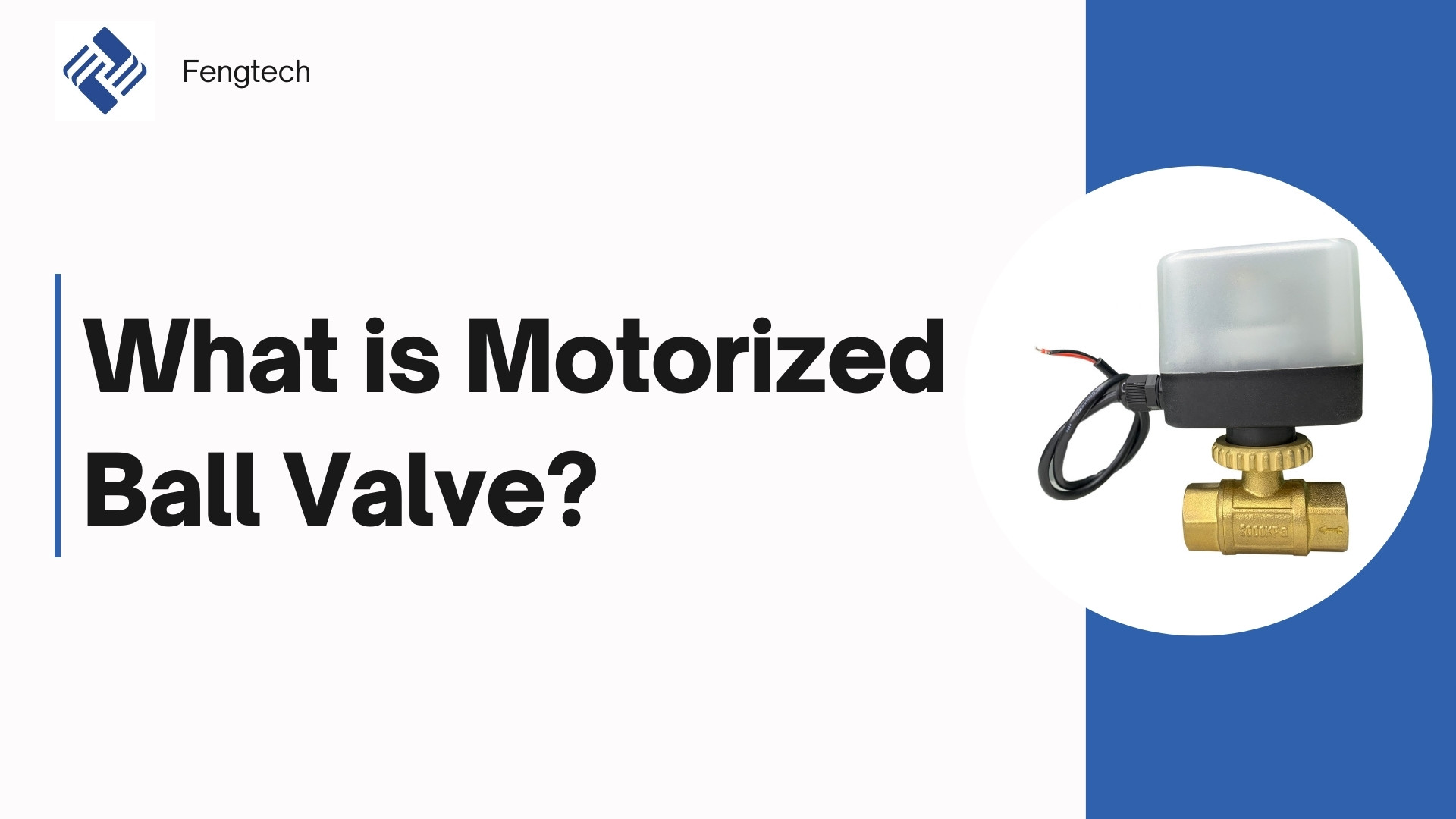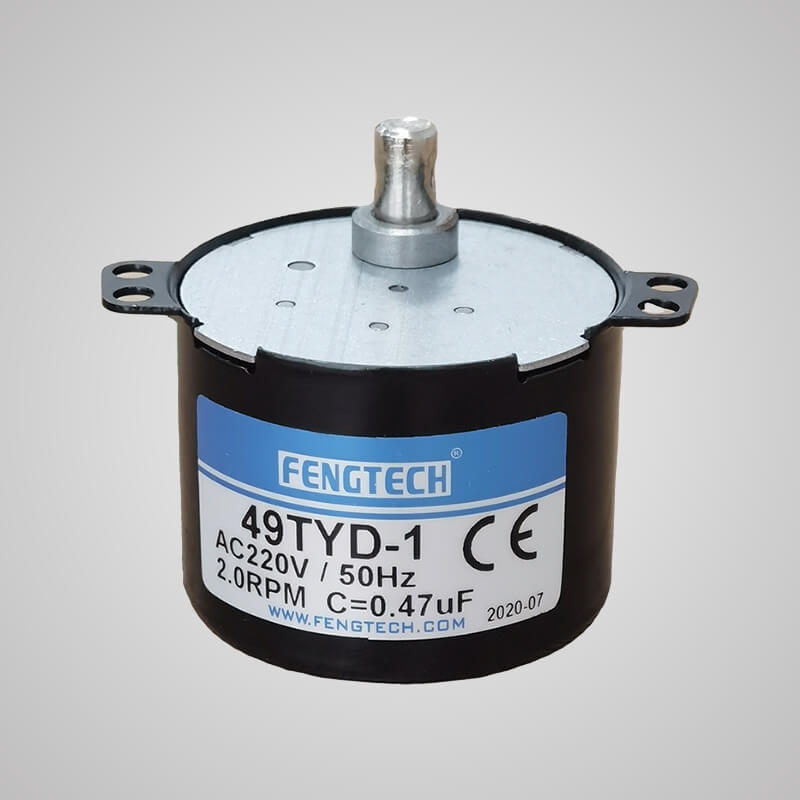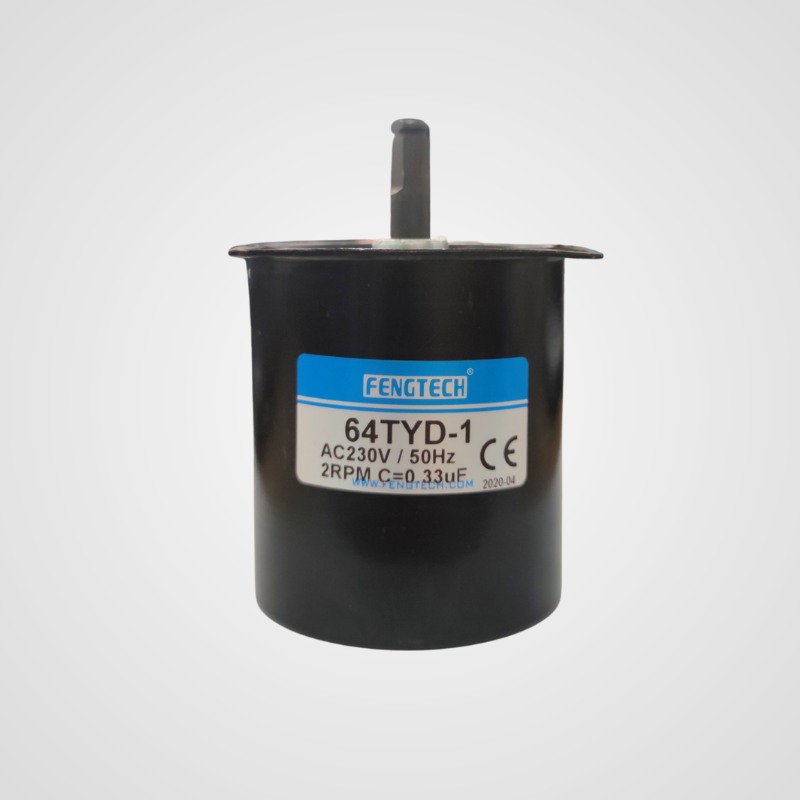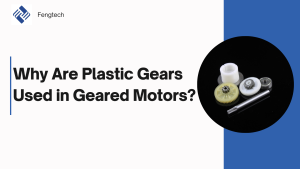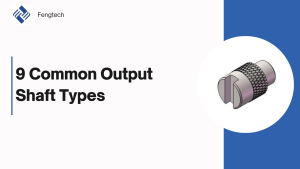Motorized ball valves are often used in industrial projects. This article introduces the basic structure(valve body + motor actuator) and application scenarios of motorized ball valves, common types of ball valves, and describes the differences between motorized ball valves and other types of driven ball valves.
What is a Motorized Ball Valve?
A motorized ball valve is a quarter-turn valve integrated with an electric actuator, used to control the flow of fluids (liquids, gases, or slurries) in pipeline systems. Its core component is a hollow perforated ball that rotates within the valve body: when the ball’s internal bore aligns with the pipeline, the valve is fully open, allowing unobstructed fluid flow; when the ball rotates 90 degrees, it blocks the fluid flow, achieving a tight seal.
Structural Composition of Motorised Ball Valves
Motorised ball valves consist of two core components: the valve body assembly and the electric actuator, each of which contains specialised sub-components to ensure precise flow control.
1. Valve Body Assembly
Valve Body: Typically made of cast iron, stainless steel, or brass, it is machined into a pressure-bearing chamber and connected to the pipeline via flanges, threads, or welded ends.
Ball: A hollow spherical element with a central bore that controls flow by rotation. Its surface is precision-ground to ensure a tight seal.
Seat: Circular sealing rings installed on both sides of the ball, forming a tight seal when the valve is closed. Soft seats are suitable for low-temperature, low-pressure applications requiring airtight closure, while metal seats are suitable for high-temperature, high-pressure, or abrasive media.
Valve stem: A cylindrical rod connecting the ball and the actuator to transmit torque and rotate the ball.
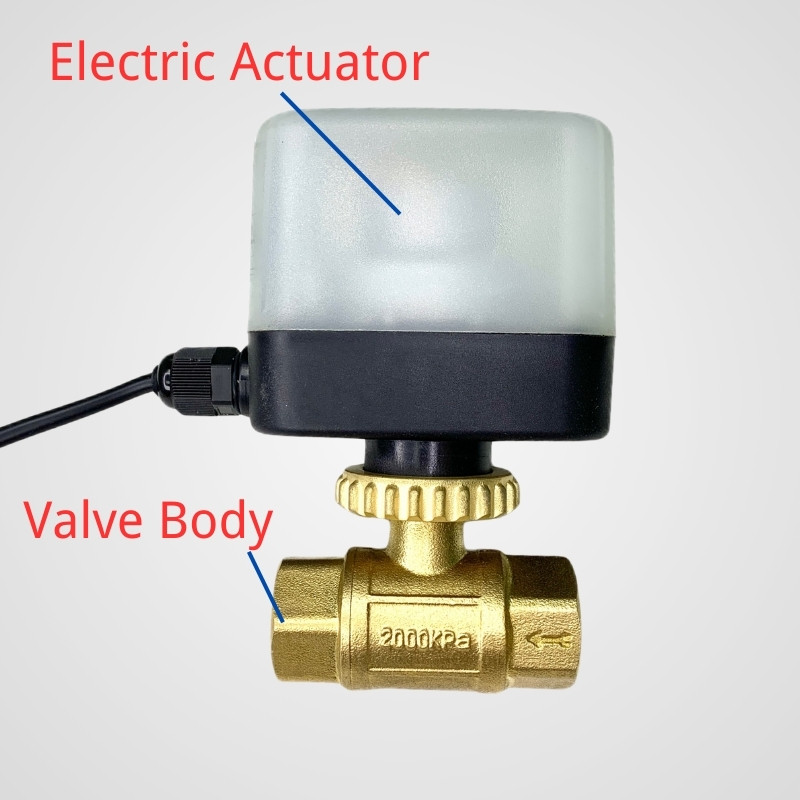
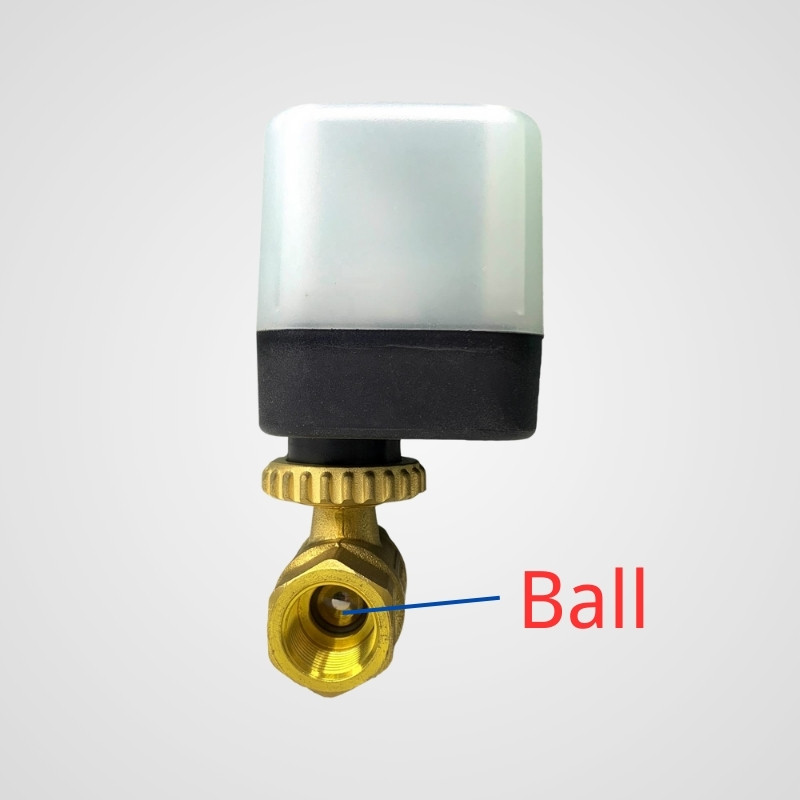
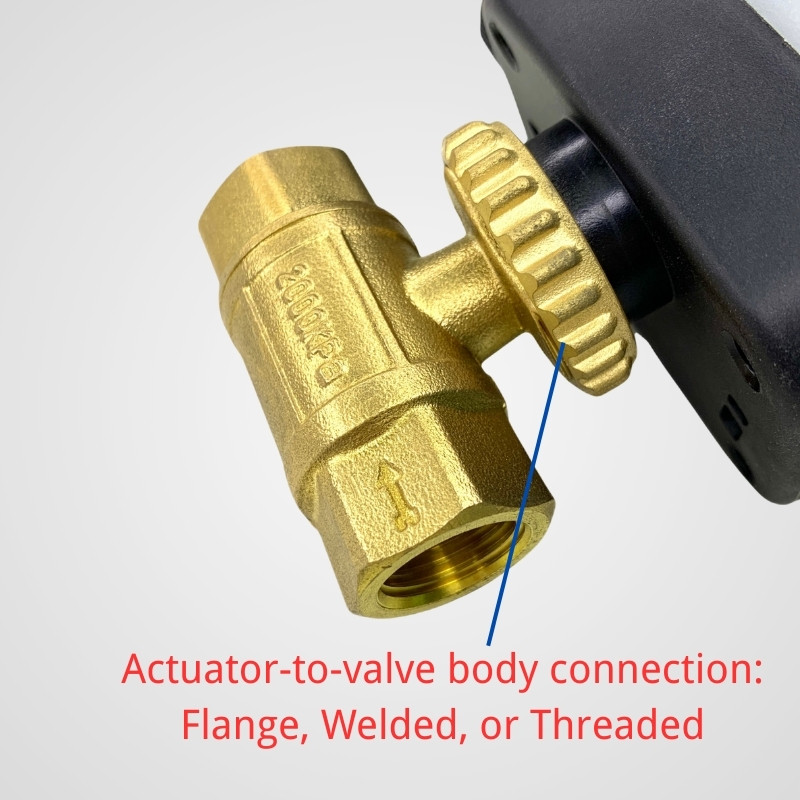
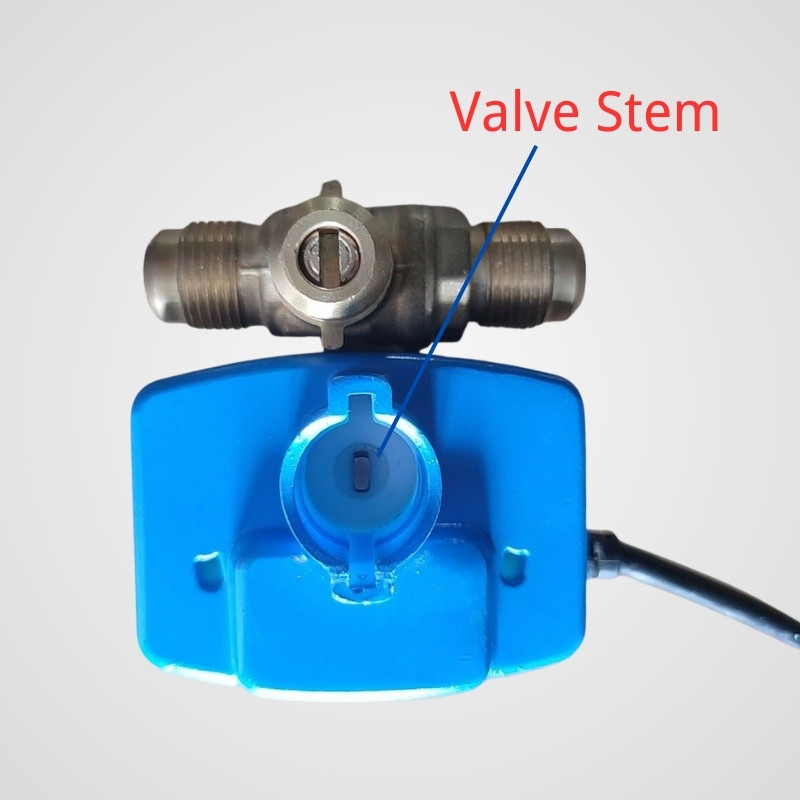
2. Electric Actuator
Drive Motor: Typically an AC induction motor (110V, 220V, 380V) or DC motor (12V, 24V), providing rotational power to drive the valve.
Speed Reduction Transmission Mechanism: Includes gears to reduce motor speed and increase torque, ensuring the ball rotates at a controlled speed.
Control module: Integrates relays, sensors, or circuit boards to receive control signals and perform proportional regulation or on/off operations. Includes limit switches to stop rotation at fully open/closed positions and feedback sensors to transmit valve position data.
Types of Ball Valves (Classified by Drive Method)
1. Manual Ball Valve
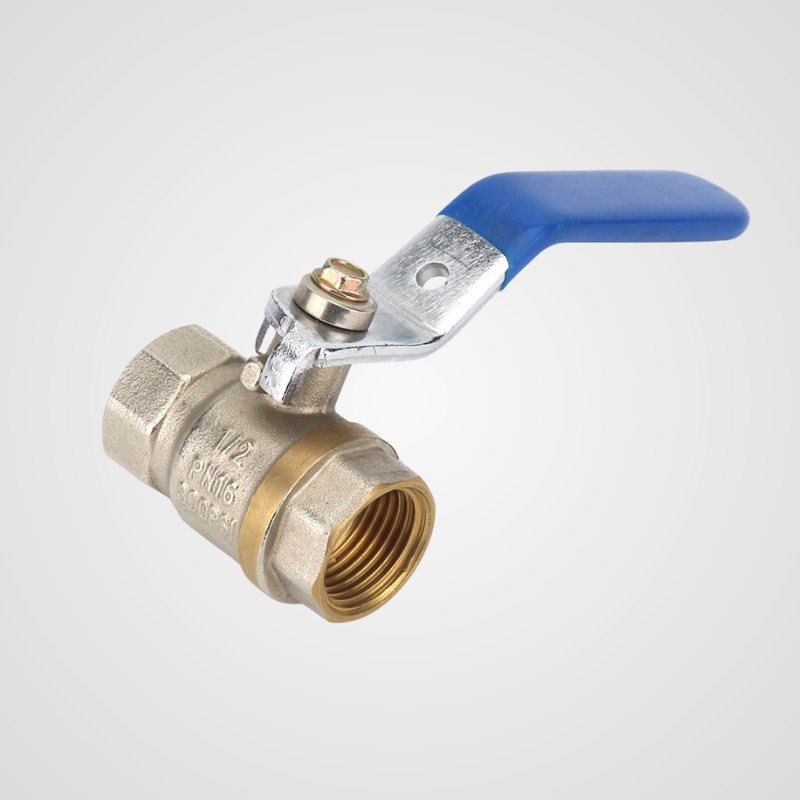
Operated manually via a handle or handwheel, featuring a simple structure, suitable for small diameters and low-frequency operation scenarios.
2. Motorized Ball Valve
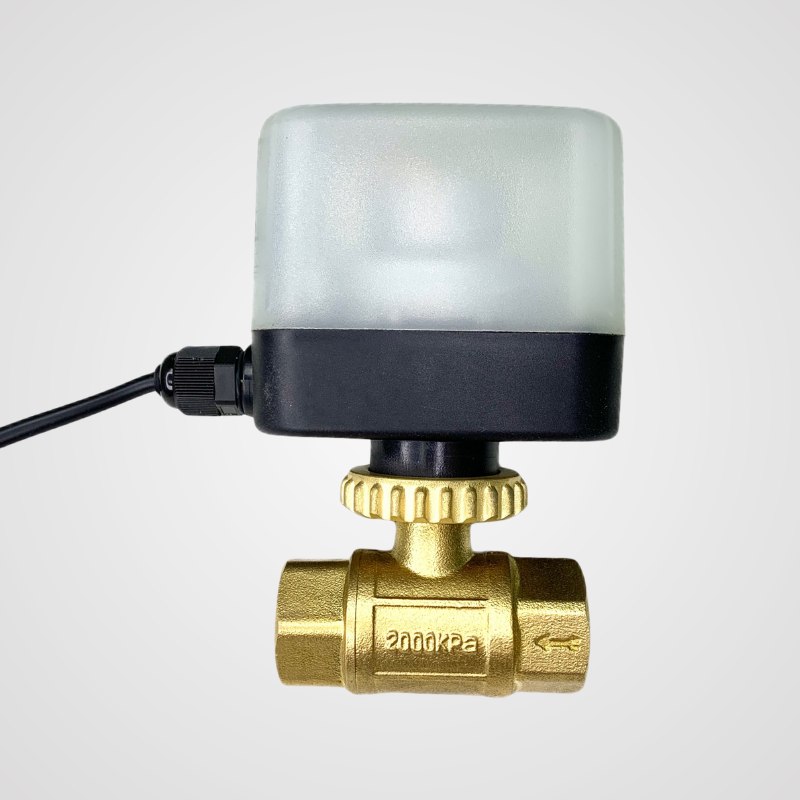
Driven by an electric motor, capable of remote control or automatic regulation, offering high precision, suitable for automated systems (e.g., HVAC, water treatment).
3. Pneumatic Ball Valve
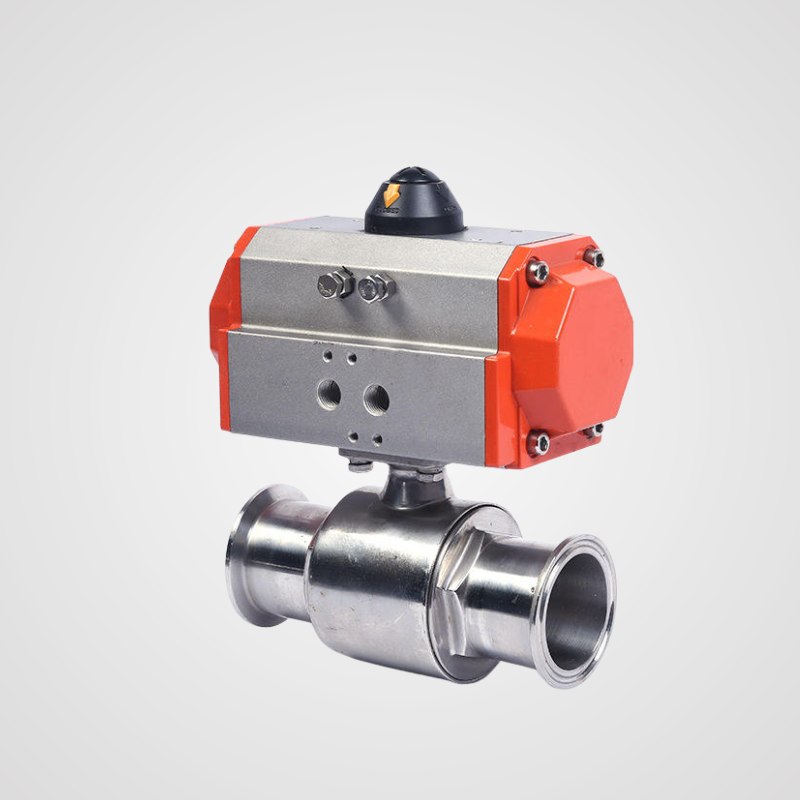
Powered by compressed air, it responds quickly and is suitable for flammable and explosive environments, such as chemical pipelines.
4. Hydraulic Ball Valve
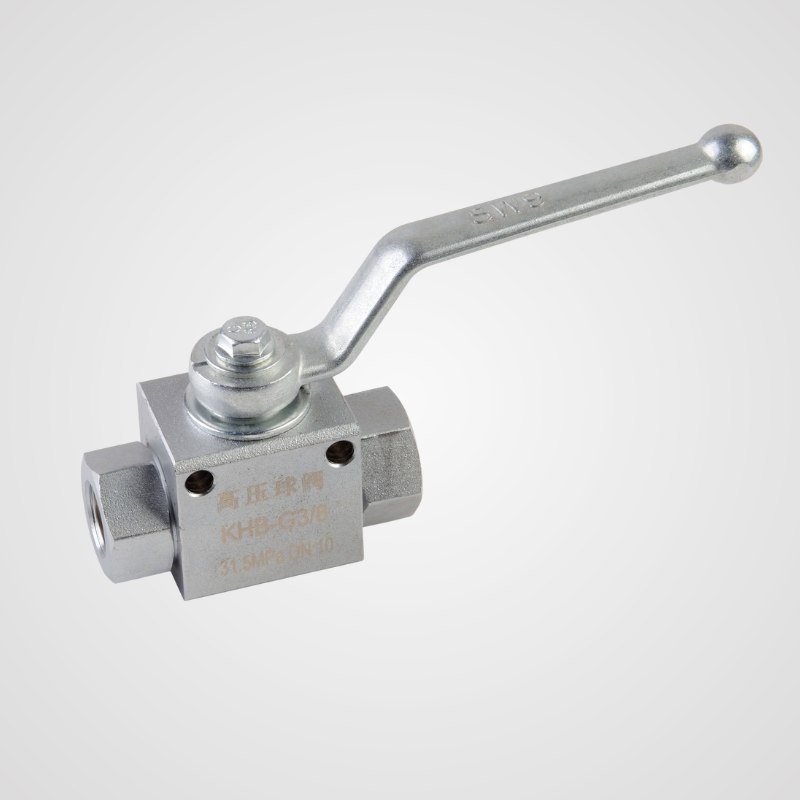
Driven by hydraulic power, it delivers high torque and is suitable for ultra-large diameters and ultra-high pressure environments (such as water conservancy projects and heavy industry).
Motorized Ball Valve Applications
1. Industrial Automation Systems
Chemical and Pharmaceutical Production: Used to control the transportation and shut-off of corrosive media and organic solvents.
Petroleum and Natural Gas Processing: Precise positioning via electric actuators to regulate media flow, suitable for high-pressure and high-temperature conditions.
2. HVAC
Air Conditioning Systems: Controls the circulation of chilled water and hot water in air conditioning water systems. Based on feedback signals from room temperature sensors, the electric ball valve automatically adjusts its opening to maintain a constant indoor temperature.
3. Water Treatment
Wastewater Treatment: Controls the flow rate of sludge and chemicals in the inlet and outlet sections of sedimentation tanks and aeration tanks. Works with online monitoring instruments (such as pH meters and flow meters) to achieve closed-loop control, ensuring that treated water quality meets standards.
4. Food Processing
Food Processing: In beverage and dairy production lines, sanitary-grade electric ball valves are used to control raw material conveyance, preventing medium contamination, and supporting quick disassembly and cleaning.
5. Irrigation Systems
Smart Irrigation: In large-scale farmlands and greenhouse facilities, electric ball valves automatically open or close irrigation waterways based on soil moisture sensor signals, enabling on-demand water supply and conserving water resources.
Conclusion
Electric ball valves have a wide range of applications and offer outstanding performance in terms of safety, practicality, and convenience, particularly in the chemical and pharmaceutical industries, where they ensure operator safety and accurate drug delivery.
About Fengtech
Located in Ningbo, China, Fengtech specializes in the production of small motors. Our AC motor series is used in electric ball valves, electric three-way valves, and actuated dampers. The 49TYD-1 series has been thoroughly tested and manufactured, and supports customizable parameters (speed, voltage, power, etc.).

